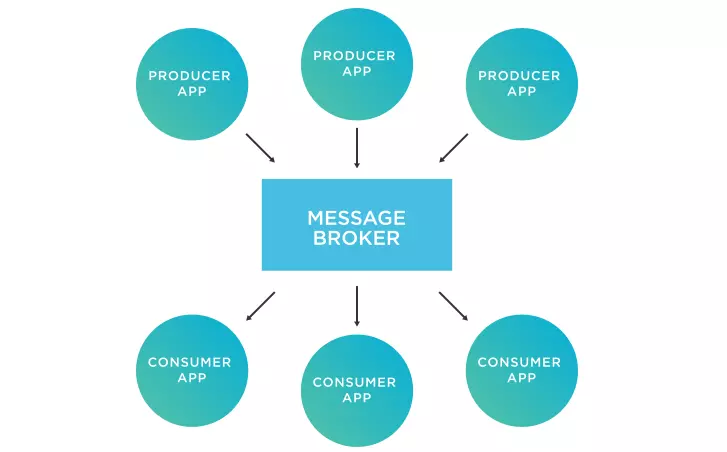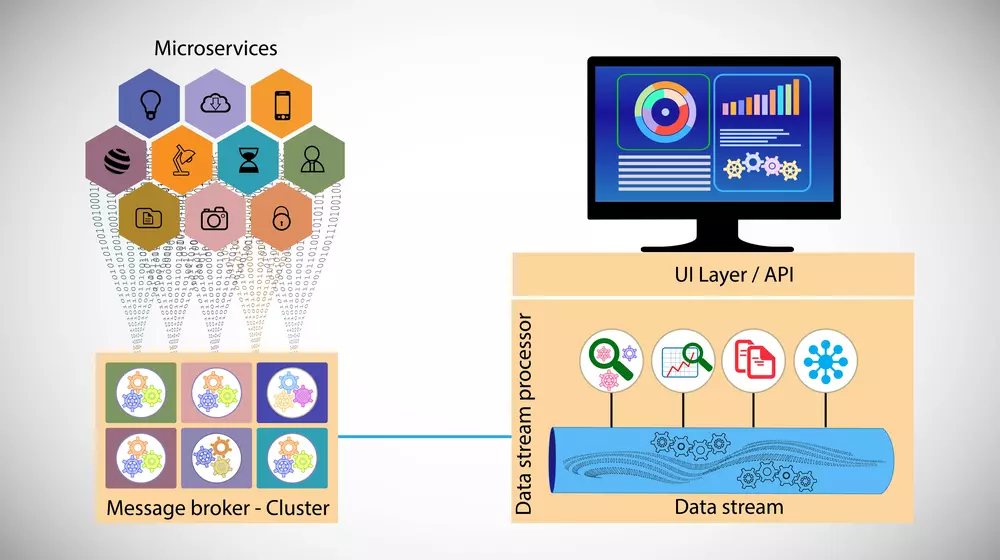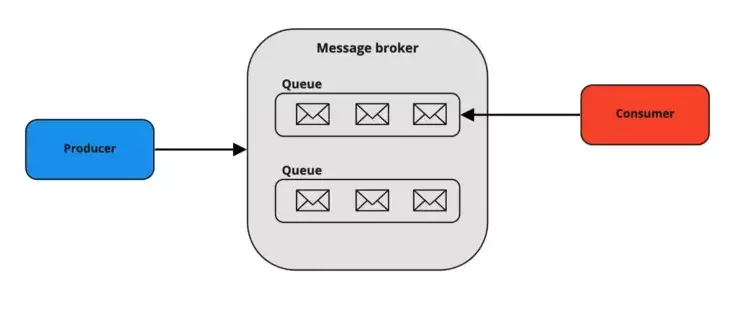
Message broker is a service that acts as an intermediary between different programs or services by receiving, storing and delivering messages. Message broker is a key component in messaging system that enables asynchronous communication between different components of a distributed system. When a message is sent from the sender (which can be a client application or other services), it is first received by the Message broker and then placed in a queue. The intended recipient can access these messages and process them.
Considering that the receiver receives the messages from the queue in turn and processes them, momentary pressure will not be applied to the system and it is possible to process a large volume of messages.
Most message brokers are designed to implement asynchronous messaging where the sender can continue sending messages without waiting for a response from the receiver. Asynchronous messaging provides several benefits, including improved system performance, reduced latency, and better scalability.
Also, some message brokers may support synchronous messaging, where the sender waits for a response from the receiver before proceeding. Synchronous messaging can be useful in certain scenarios, such as when a request/response pattern is required.

In general, message brokers are designed to be flexible and support a wide range of messaging patterns, including asynchronous and synchronous messaging.
Some of the key features of message brokers are:

Below are some popular message brokers with a brief explanation of each one:
The choice of message broker depends on the specific needs of the system and the use case. According to the system requirements and software architecture structure, one of these services can be used.

In general, message brokers provide a powerful and flexible mechanism for integrating and communicating between systems and can help you build scalable and reliable systems. If you are implementing a software using microservices architecture, you must know that a large part of communication between services is done through message brokers. With the correct use of these tools, the possibility of scaling in wide dimensions is provided.
If you want to learn more about microservices architecture, the article "What is microservices and why should you use microservices?" It provides you with the right information.

I am Reza Babakhani, a software developer. Here I write my experiences, opinions and suggestions about technology. I hope that what I write is useful for you.
leave a comment